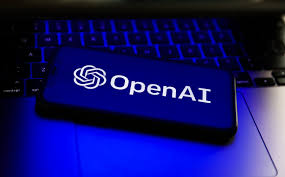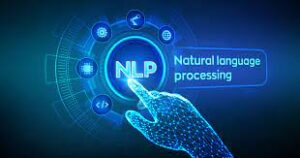
OpenAI is a leading artificial intelligence research laboratory founded in 2015 with the aim of developing and promoting friendly AI for the betterment of humanity. The company has achieved significant breakthroughs in thefield of AI and has developed some of the most advanced AI technologies, including language models and image generation systems.

One of OpenAI’s most notable creations is the GPT series of language models, with the latest model being GPT-3, which has 175 billion parameters, making it the largest language model to date. GPT-3 has been widely used in natural language processing tasks such as chatbots, content generation, and language translation. The model has been praised for its ability to generate coherent and contextually appropriate text that is difficult to distinguish from human-written text.

In addition to the GPT series of language models, OpenAI has also created other notable AI systems, such as DALL-E, an image generation system that can generate images from textual descriptions. This system has the potential to transform industries such as fashion and interior design, where designers can generate images of products without the need for physical prototypes.
Another significant creation by OpenAI is Codex, an AI system that can generate computer code from natural language descriptions. Codex has the potential to make programming more accessible to a wider audience and has been praised for its ability to generate high-quality code with fewer errors.
OpenAI has also created Gym, a toolkit for developing and comparing reinforcement learning algorithms. Reinforcement learning is a type of machine learning where an agent learns to interact with an environment to achieve a goal. Gym provides a standardized environment for developing and evaluating reinforcement learning algorithms.
One of OpenAI’s most popular creations is ChatGPT, an AI language model that uses deep learning techniques to generate human-like responses to text inputs. ChatGPT has been trained on a massive dataset of human-written text, which enables it to understand natural language and respond in a contextually appropriate manner. ChatGPT has been widely used in applications such as chatbots, language translation, and content generation. It has received widespread attention for its ability to generate text that is difficult to distinguish from human-written text.
This is made possible by the fact that ChatGPT has been trained on a massive dataset of human-written text, which allows it to understand natural language and respond in a contextually appropriate manner.
ChatGPT has 1.5 billion parameters, making it one of the largest language models in existence. This gives it the ability to understand and generate text with a high degree of accuracy and complexity. ChatGPT can be fine-tuned to perform specific tasks, such as language translation, question-answering, and chatbot development.
Another impressive capability of ChatGPT is its ability to generate text that is difficult to distinguish from human-written text. This has led to the development of applications such as chatbots that can engage in natural language conversations with users, content generators that can automatically produce articles and essays, and language translation systems that can accurately translate text from one language to another.ChatGPT can also be used for a variety of other applications, including sentiment analysis, text classification, and speech recognition. Its ability to understand and generate natural language makes it a versatile tool for developers and researchers.
In addition to its impressive capabilities, ChatGPT has also been praised for its ability to learn and adapt over time. As it is exposed to more data and more user interactions, it can refine its understanding of natural language and improve its performance.
Overall, ChatGPT is a powerful tool that has the potential to transform a wide range of industries and applications. Its ability to understand and generate natural language with a high degree of accuracy and complexity is a testament to the power of artificial intelligence and the potential for future advancements in the field.







